Not looking to be a great year for wildflowers, lush growth, crystalline streams, or muddy trails, at least not here in our southern region. Northern California is a different story with lots of rain, and some storms causing swollen rivers and flooding. I guess that is to be expected most years. But this year, the disparity is dramatic as practically all the storms stay north of Point Conception. Our natural areas are dry, but as beautiful as ever, and our natural gardens remind us of the value of our reciprocal relationship, because when we water and nurture them, they respond in kind.
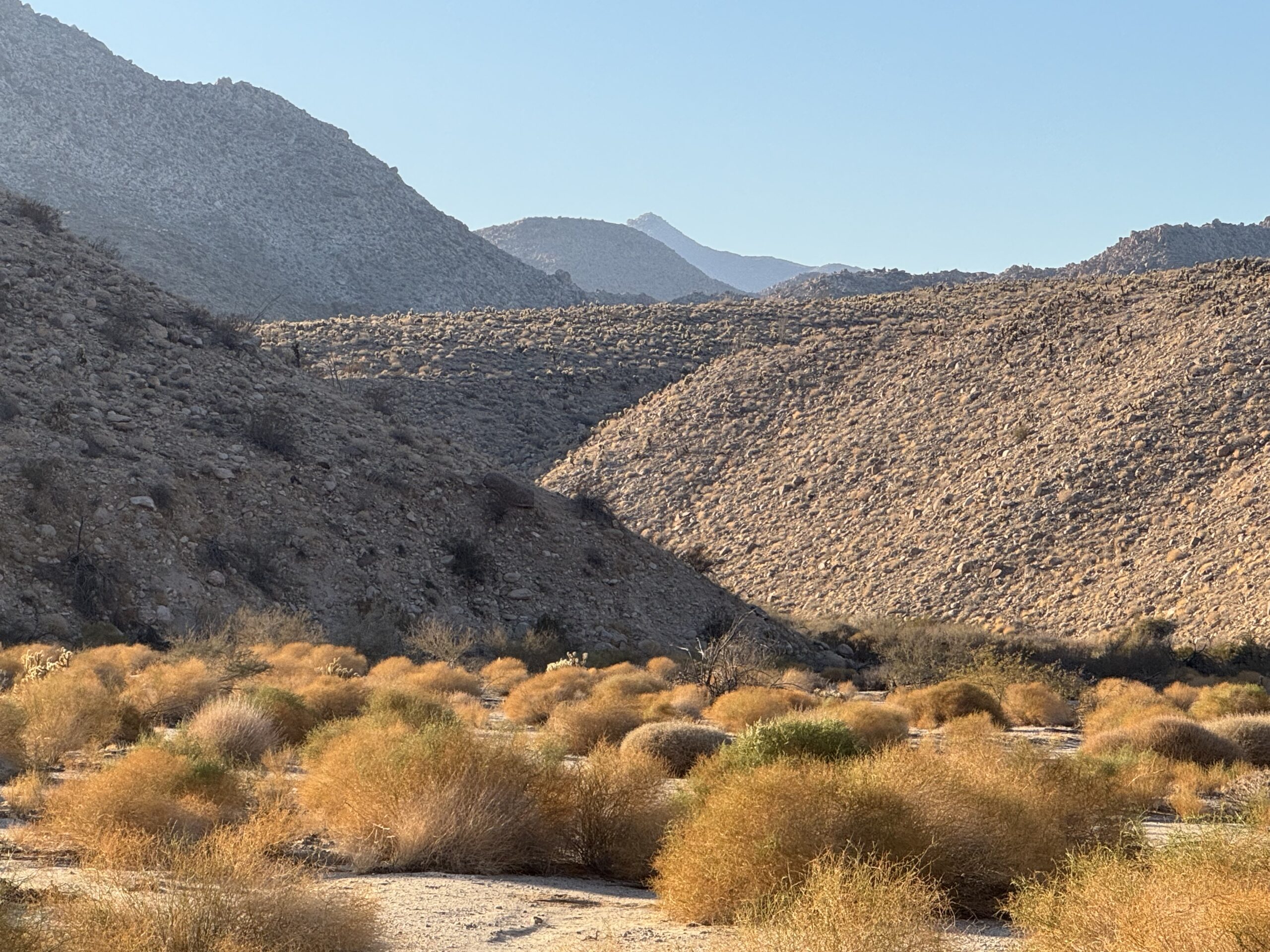
Current events, history, review, and notes
Driest winter on record through January with a grand total of less than one inch of rainfall for the entire period! Native plants in the wild are showing it, hunkerin’ down, they’re alive and well, but certainly not thriving this year on our paltry one inch since July. But, we still have more season to the rainy left, and if there is anything that keeps a gardener a-goin’ it’s hope.
P.S. Meanwhile, northern California is soaked.
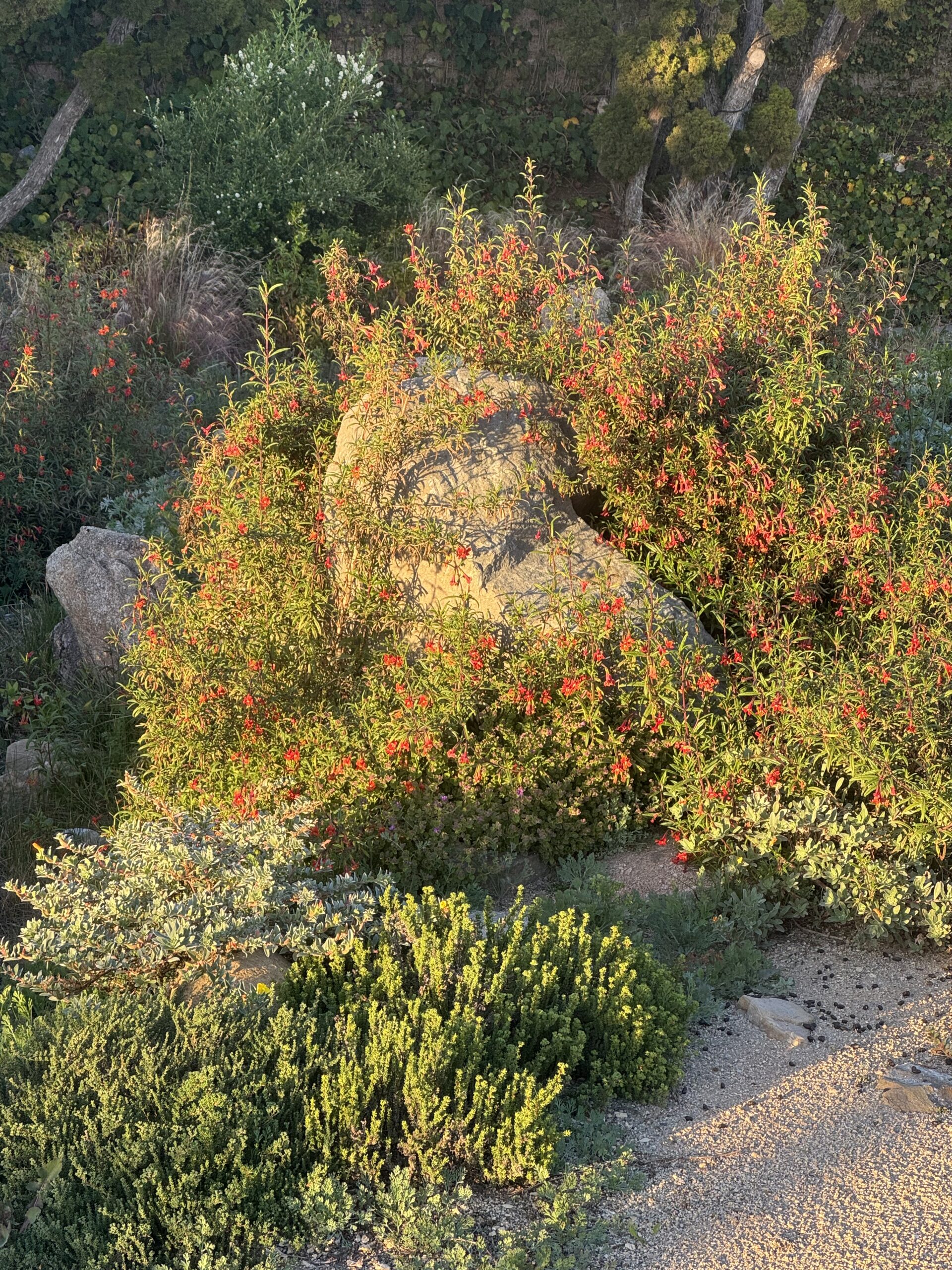
Watering
Unless we get rain, we need to provide a substitute for it by watering. This not only allows natives to keep growing, but it also puts the soil in a better condition to absorb moisture. Even light rains will soak into the root zone deeper if the soil is already moist, and there is no substitute for the quality of rainwater, even though your plants are tough and may not need water, the soil and the roots will thank you for irrigating now. See the section on Watering in last month’s post, JANUARY 2025 In the Natural Garden.
NEWS FLASH! This just in. Hold the press! Disregard all recommendations to irrigate now. We just got our long overdue Deep Soak, provided by the heavens above. A steady rain over a two day period delivered 2.94 inches, providing us a perfect example of a Double Deep Soak (A Deep Soak by irrigation in summer should be the equivalent of abpout 1.5”{ of precipitation). Take note, because this storm demonstrated a model “rain event” representing two Deep Soaks, and we’ll want to remember it when we start watering this summer.
Related to Watering
See information on Deep Soak with Refreshing Sprinkles (DS+RS Method) in last month’s post.
Pruning
Light pruning around the outside perimeter is OK. Plants can also be thinned as necessary, but April/May is a better time, especially for major thinning.
Weeding
Weeds are generally less of a problem during dry winters.
Mulching / Top Dress
Continue to allow and tend the natural leaf drop under most shrubs and some trees. No imported mulch at this time.
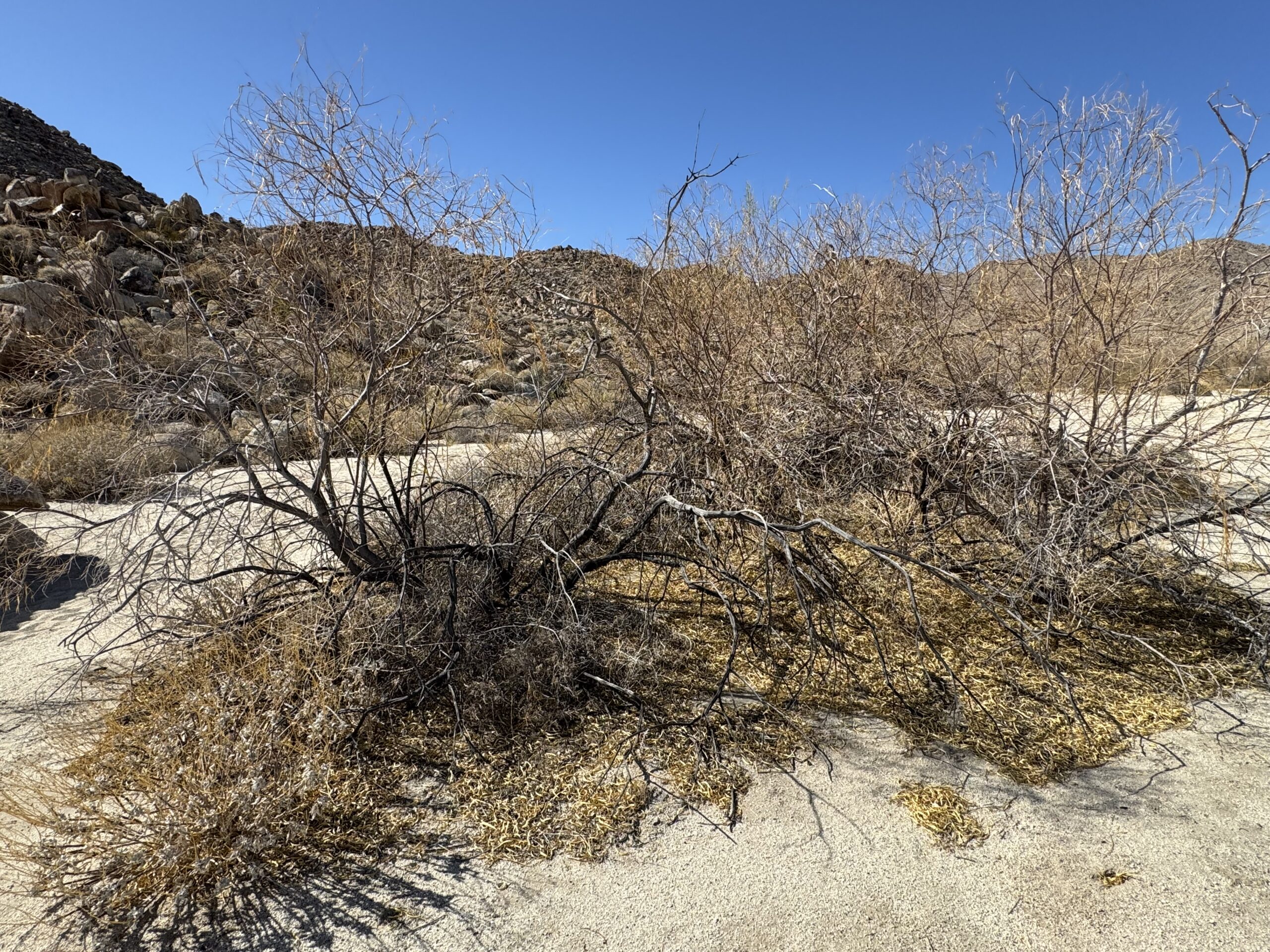
Feeding
With the late onset of rains (late by our standards… the rains believe they are right on time) you can actually feed now and again in May. A light application of organic fertilizer can be scratched into the soil about one inch deep. The rains should carry the nutrients into the root zone. As the soil warms in spring, the plant foods will be made available to the roots.
Troubleshooting – Varmints, Pests and Diseases
We are seeing some manzanita branch die-back this season, often caused by an airborne fungal disease called Botryosphaeria. If you see a few branches turning brown, remove them by snapping them off (wear gloves, the cracked branches are sharp!) and discard the dead branches in the trash. If the wood is not completely dead, they might not snap off, in which case use pruners, but remember to sanitize the pruning tools between each cut, dipping them in a 10% bleach solution, or rubbing alcohol, or spraying them with Lysol. This will prevent the disease from spreading on contaminated shears.
Annual Wildflowers
Typically, February is too late to sow wildflower seeds and expect spring bloom. But this year is anything but typical. If you feel like experimenting, sow seeds now, as we are forecast to get more rain in the next few days. Maybe the entire season is delayed and you will get flowers in May/June. Or maybe they will germinate and wilt in an unanticipated April heat wave. Or maybe the birds will come and eat all the seeds. Gardening is fun, right?
Adding New Plants
February is an ideal time to add new plants or to install an all-new natural landscape. Come on over! We have lots of plants to choose from.
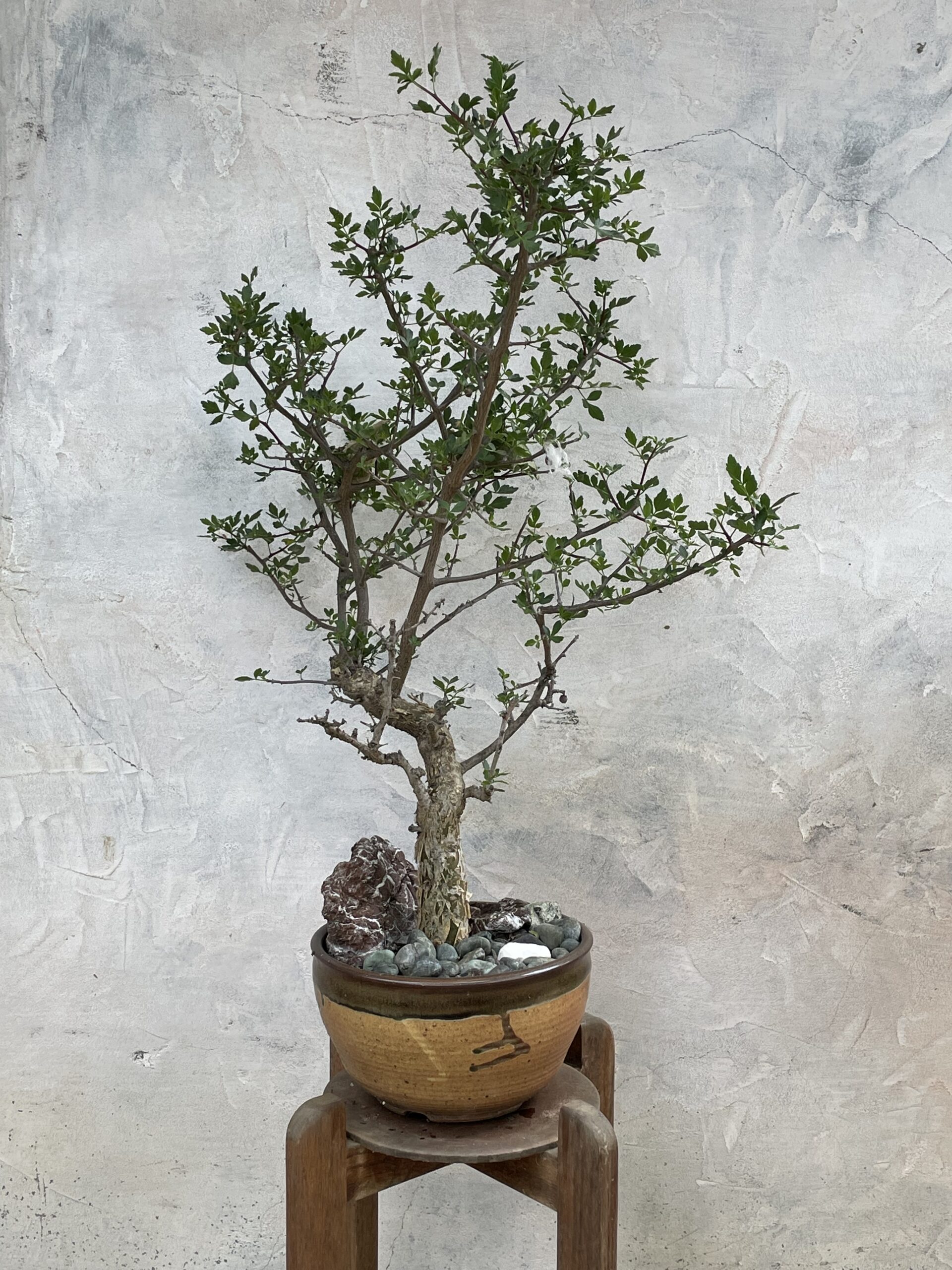
My Patio Re-wild
Container gardening in small spaces allows for frequent interactions, a unique human connection and engagement with nature… all in miniature! Building mini ecosystems gives us a special place in a wild place every day, if only by viewing the potted plants. The attractive and carefully curated rocks, the sticks, the mineral top dress, and other natural components will compliment the plants to tell a memorable story. You can design and make pots modeled after your favorite natural areas, and every time you see them, or water them, weed, groom or arrange them, you can visit that wild place by going back there in your mind. You add to regional biodiversity, while providing valuable ecological benefit to pollinators and contributing to the well being of all.
Phytophilia
Our love of plants and their love for us. When I look and listen over the natural landscape or into a natural garden, I see and hear the words “My time is not necessarily your time.” Huh? I guess my thoughts this year include, “the rains are late,” “wildflowers are nowhere,” “acorns dropped late,” “monarch numbers are really low,” and many other somewhat subjective notions about nature’s cycles, rhythms, and timing. Time to take a long walk in a wild place where all the perennial plants are much older than I, to be reminded that nature is keeping time on her own clock.
Re-wild
Plant a keystone species. What is your narrative, what story is your garden telling? Chaparral? Plant a new manzanita, holly leaf cherry, mountain mahogany. Coastal sage? Plant a couple sages or a lemonade berry. Woodland? Plant an oak. Forest? Plant a couple conifers. If you don’t already have a few plants that help dominate the story, keystone species, plant them this month and give them a place of honor in your garden.
Important Review
Beautiful without water
Dry winter
Unless it rains soon, water again (Disregard)
Soil moisture in February helps plants in July
Light pruning OK
Not many weeds
Natural leaf litter is best
Fertilizer, early now, better in March, maybe again in May
Manzanita branch dieback
Try planting seed if you haven’t already done so
Great time for planting new plants
Miniature ecosystems allow for mind travel
Nature’s timing is alive and well
Keystone species
Engage
Last month my thoughts were centered on mourning with those who mourn, because the raw truth about so many folks losing their entire community to fire consumed all my attention and my emotion. I still feel sad alongside them. The truth persists pretty raw, but wounds on healthy people eventually mend, and LA’s people are united and determined to help each other, at least the healthy ones are.
I took the long solo hike I had promised myself. Very cold and super windy, not another soul on the trail, save Dakota, my hiking buddy. I could not have stayed sad had I tried. Pure joy, exhilaration, even with local, national, and universal problems looming large back “there” in the land I left behind for a few hours, the land of cell phones, news feeds, fire devastation, media madness, and worldly reality. Reality? Nothing could be more “real” than our day in the mountains. That’s where we go to find reality.
We stumbled onto surface water in one spot, issuing from a spring in a little draw. Ice flakes on top, deep dark water beneath. Dakota drank. I glassed a redtail. The hawk screeched and sailed downwind. I drank from the water in my pack. We proceeded. Whatever song was stuck in my head must have been a happy one. We never ran out of energy. And we had a new bounce in our step, maybe because of the cold, maybe just because. So what was the purpose of all that?
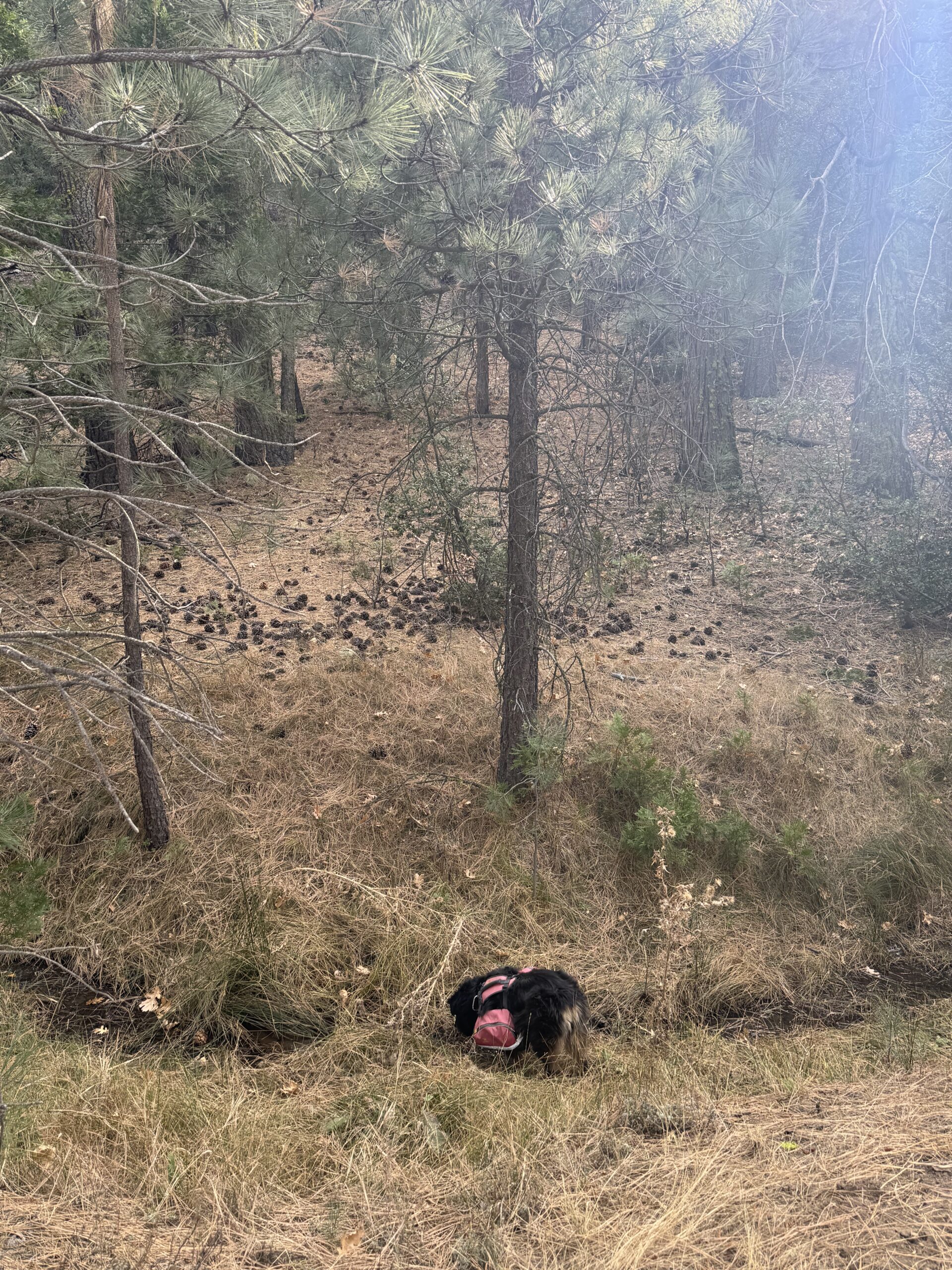
I was reminded of my outside play at age 10. We lived near a canyon with a spring that led to the Back Bay, where (trespassing on the Irvine), we could experience the kind of “nature” that would get us stuck up to our armpits in low tide muck. Or we could just wander out on the flats looking for fossils (sharks’ teeth mostly) or pretend we were the last humans on earth (we were). We would work our way up the short slot canyons in the bluffs surrounding the bay, or stand amazed, witnessing hundreds of birds all take flight at once, then land in the same unison. And what was the purpose of all that?
If you set a day apart to go outside and play, I promise you’ll find your own answer. Make it a few days if possible. Find a good camp and sleep outdoors. Send me your thoughts.
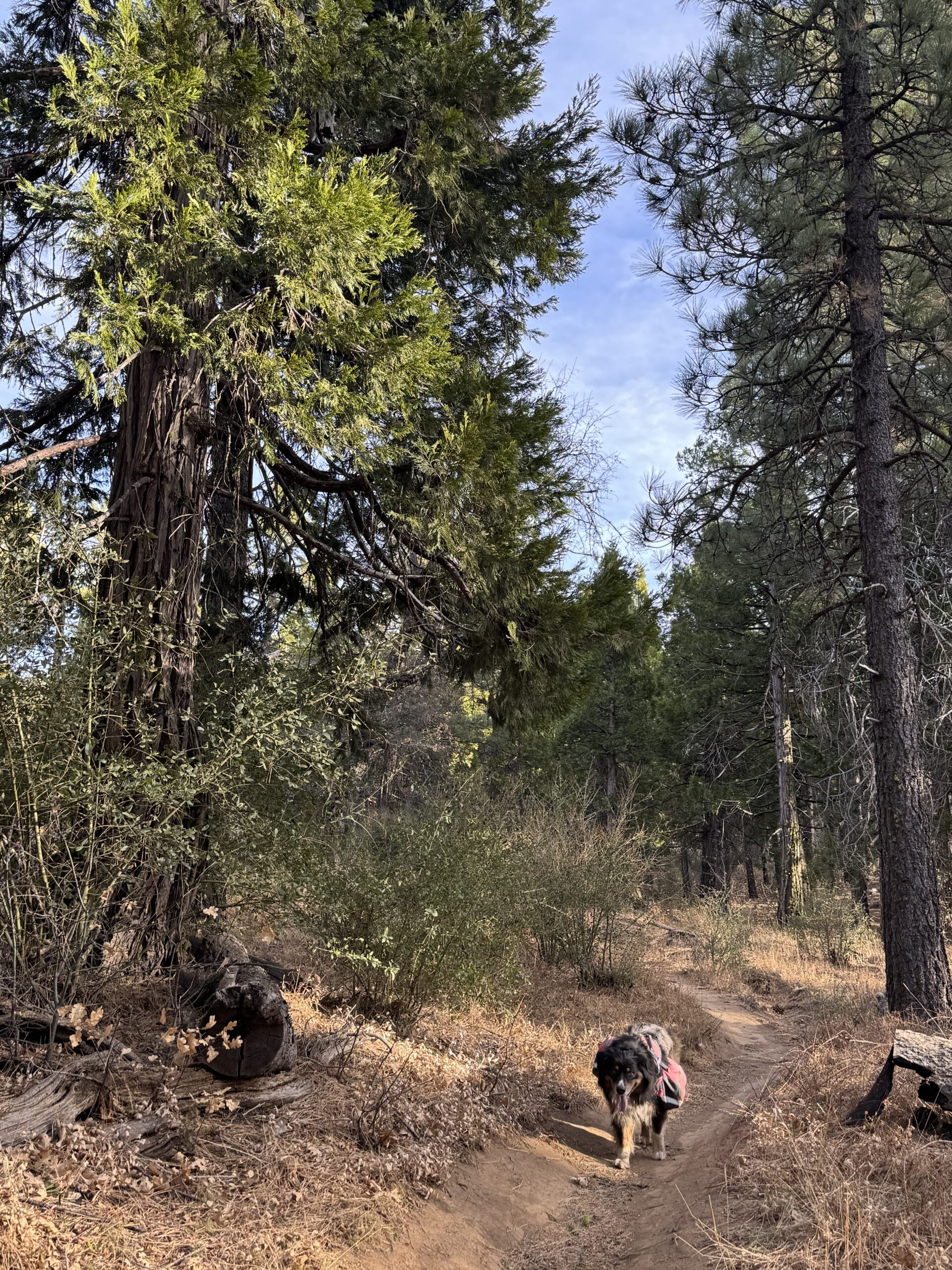
Let’s keep makin’ it.
From FEBRUARY in the Natural Garden,
Mike Evans
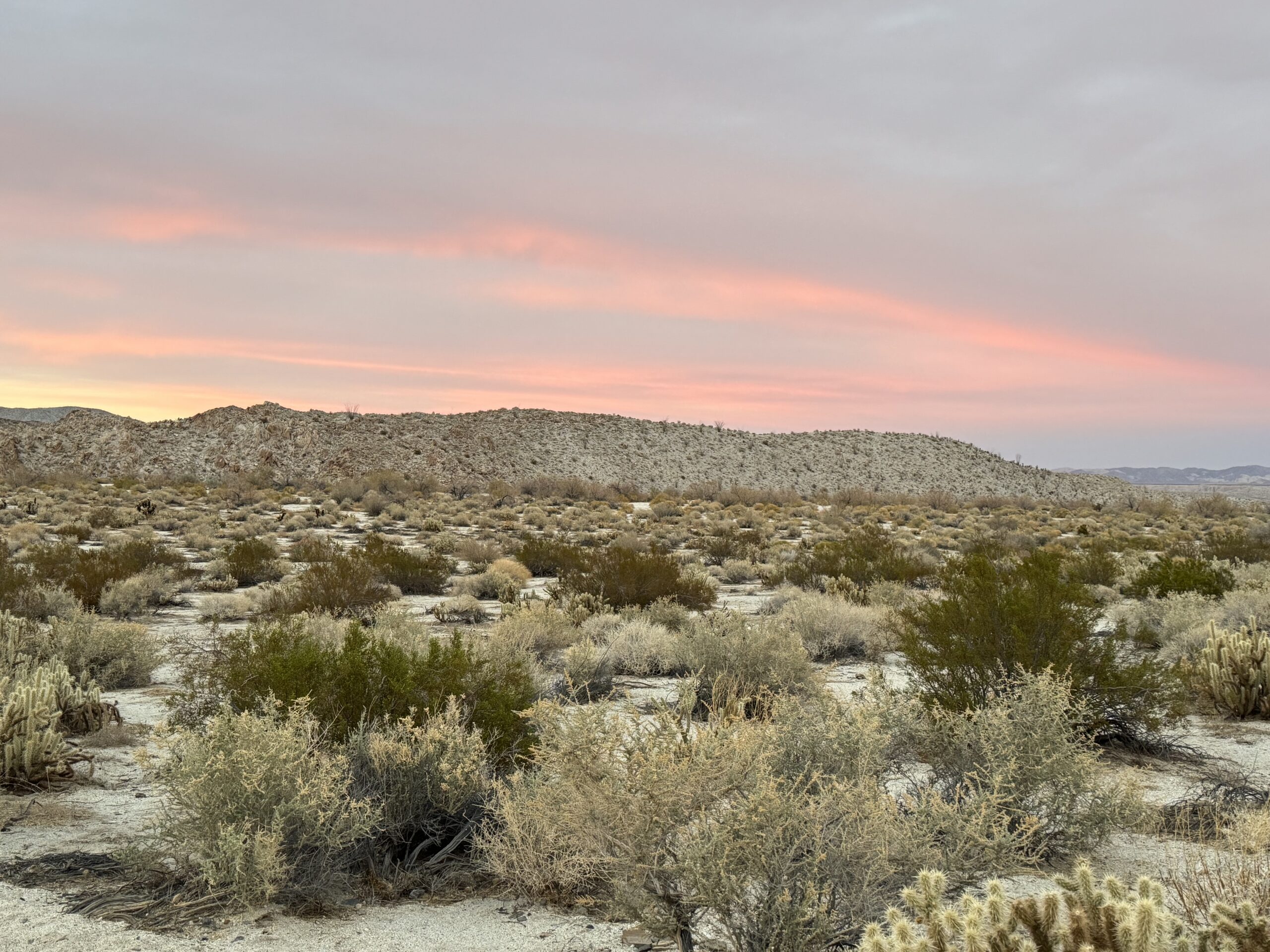
Questions? Help is just one call or one email away. Call (949) 728-0685 or email (with pictures if you like) our special helpline: gardenhelp@californianativeplants.com